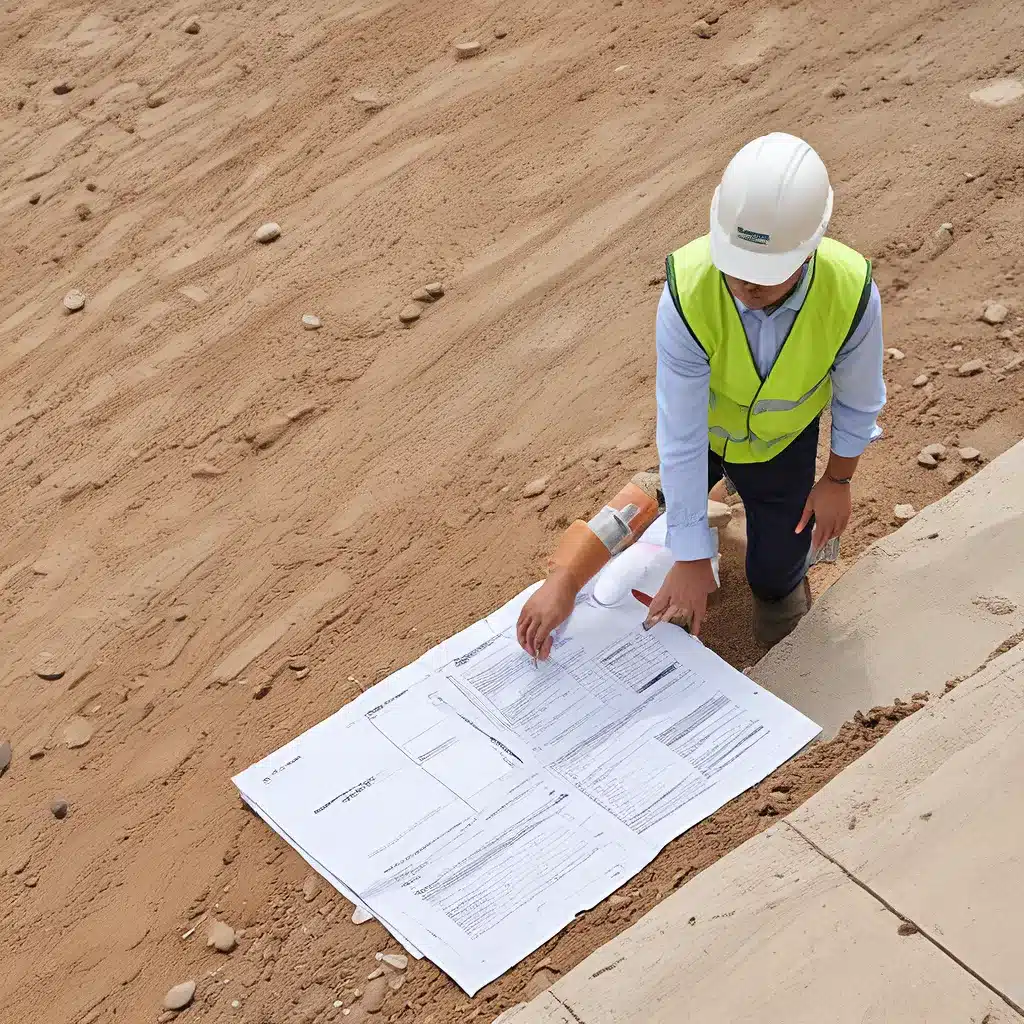
Ah, the life of a general contractor – it’s like a high-stakes game of Tetris, where you’re constantly trying to fit all the pieces together seamlessly. But in today’s climate-conscious world, the rules of the game have changed. It’s no longer just about delivering a functional structure; it’s about constructing a greener tomorrow.
The Rise of Sustainable Construction
I’ll never forget the day I first learned about the LEED (Leadership in Energy and Environmental Design) certification. It was like someone had handed me the secret to building a better future. LEED, the world’s most widely used green building rating system, has set the standard for sustainable construction, and it’s a trend that’s only gaining momentum.
As I dive deeper into the world of green building, I can’t help but be amazed by the sheer impact LEED-certified projects have had. These buildings are not only reducing our carbon footprint, but they’re also creating healthier, more efficient spaces for the people who inhabit them. In fact, LEED-certified buildings have been shown to have higher resale values, lower operational costs, and increased occupant well-being compared to their non-LEED counterparts.
And the best part? The sustainable construction revolution isn’t just for the big players. Even as a general contractor, I can incorporate green building practices into my projects, making a tangible difference in the communities I serve.
Sustainable Building Solutions: A Toolkit for Success
So, what does it take to build a greener tomorrow? Let me share with you some of the sustainable building solutions I’ve discovered in my quest to construct a more eco-friendly future.
Materials Matter
One of the most significant ways to promote sustainability in construction is through the careful selection of materials. Gone are the days of relying solely on traditional, resource-intensive materials. Nowadays, we have a whole new arsenal of renewable and recyclable building materials at our fingertips.
Take insulated access doors and panels, for example. These eco-friendly alternatives not only look great, but they also help reduce the carbon footprint of the buildings they’re used in. And the best part? They’re just as robust and reliable as their non-renewable counterparts.
Efficiency in Construction
Sustainable construction isn’t just about the materials we use; it’s also about the methods we employ. Implementing energy-efficient practices, like using LED lighting and optimizing thermal conditions, can make a significant impact on a building’s environmental footprint. And let’s not forget about the importance of waste management – reducing, reusing, and recycling construction materials is key to minimizing our impact on the planet.
Harnessing Green Technology
As a general contractor, I’ve learned that staying on the cutting edge of green technology is essential for building a sustainable future. From solar panels that harness the power of the sun to smart building systems that optimize energy usage, the world of sustainable construction is constantly evolving, and it’s our job to stay ahead of the curve.
And let’s not forget about the importance of adaptive reuse – repurposing and retrofitting existing buildings to make them more energy-efficient. It’s a win-win situation, as we not only reduce waste and conserve resources, but we also breathe new life into abandoned or underutilized structures.
The Benefits of Sustainable Construction
As a general contractor, I’ve seen firsthand the transformative power of sustainable construction. It’s not just about being eco-friendly; it’s about creating a better world for everyone.
Healthier Spaces, Healthier Lives
One of the most significant benefits of sustainable building is its impact on human health and well-being. LEED-certified buildings focus on strategies like improved air quality, access to natural light, and the use of non-toxic materials, all of which contribute to a healthier, more satisfying indoor environment. And you know what they say – a healthy building equals healthy occupants.
I’ve seen it time and time again – clients who’ve moved into LEED-certified spaces reporting higher productivity, lower absenteeism, and an overall improvement in their physical and mental health. It’s like the buildings themselves are looking out for the well-being of the people who inhabit them.
Protecting the Planet
Of course, the environmental benefits of sustainable construction are undeniable. LEED-certified buildings are proven to use less energy and water, generate less waste, and have a lower carbon footprint compared to their non-LEED counterparts. It’s like we’re building a fortress against climate change, one project at a time.
And the impact is staggering – LEED projects are estimated to have diverted more than 540 million tons of waste from landfills and avoided nearly 4 billion vehicle miles traveled. It’s a testament to the power of sustainable construction and the role we, as general contractors, can play in safeguarding our planet.
Boosting the Economy
But the benefits of sustainable construction don’t stop there. The green building industry has been shown to contribute over $134 billion in labor income to working Americans, making it a significant economic driver. And let’s not forget about the potential cost savings – LEED-certified buildings have consistently outperformed their non-LEED counterparts in terms of operational and maintenance costs, allowing building owners to reinvest those savings into their businesses or communities.
The Future of Sustainable Construction
As I look to the horizon, I can see the sustainable construction revolution gaining momentum. With LEED v5, the newest version of the rating system, addressing critical imperatives like equity, health, ecosystems, and resilience, the future of green building is brighter than ever. And with the increasing demand for eco-friendly spaces and the growing commitment of large corporations to sustainability, I know that the opportunities for general contractors like myself to make a difference are endless.
So, whether you’re a fellow general contractor, a homeowner, or just someone who cares about the future of our planet, I invite you to join me in this journey of constructing a greener tomorrow. Together, we can build a world that’s not only functional, but also sustainable, healthy, and prosperous for generations to come.
Related posts:
No related posts.




